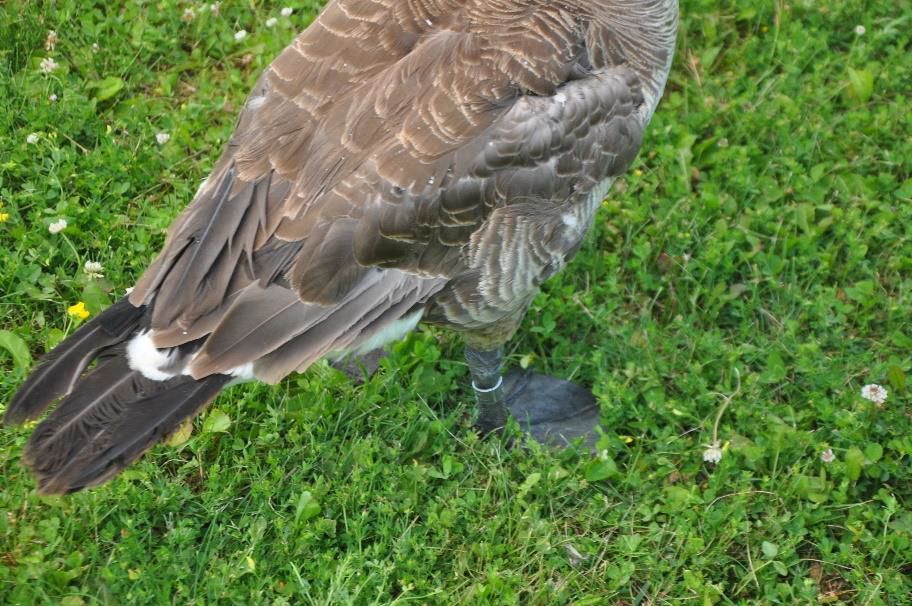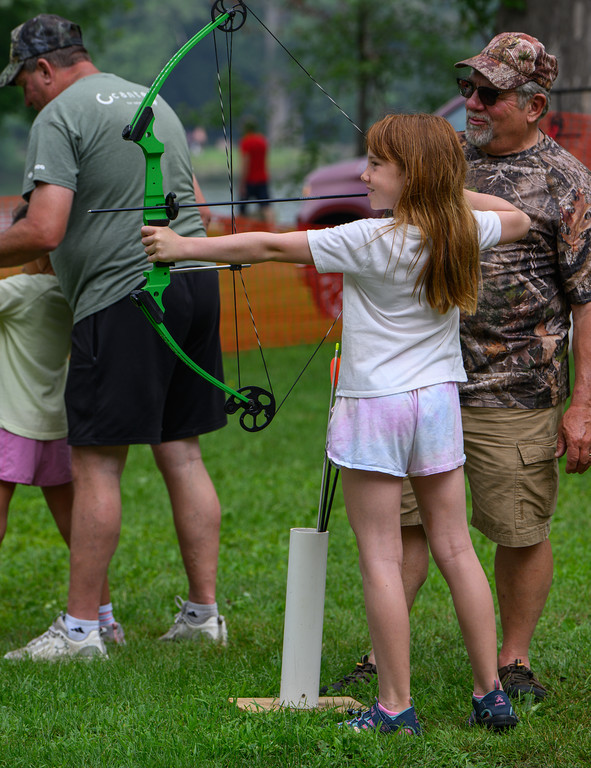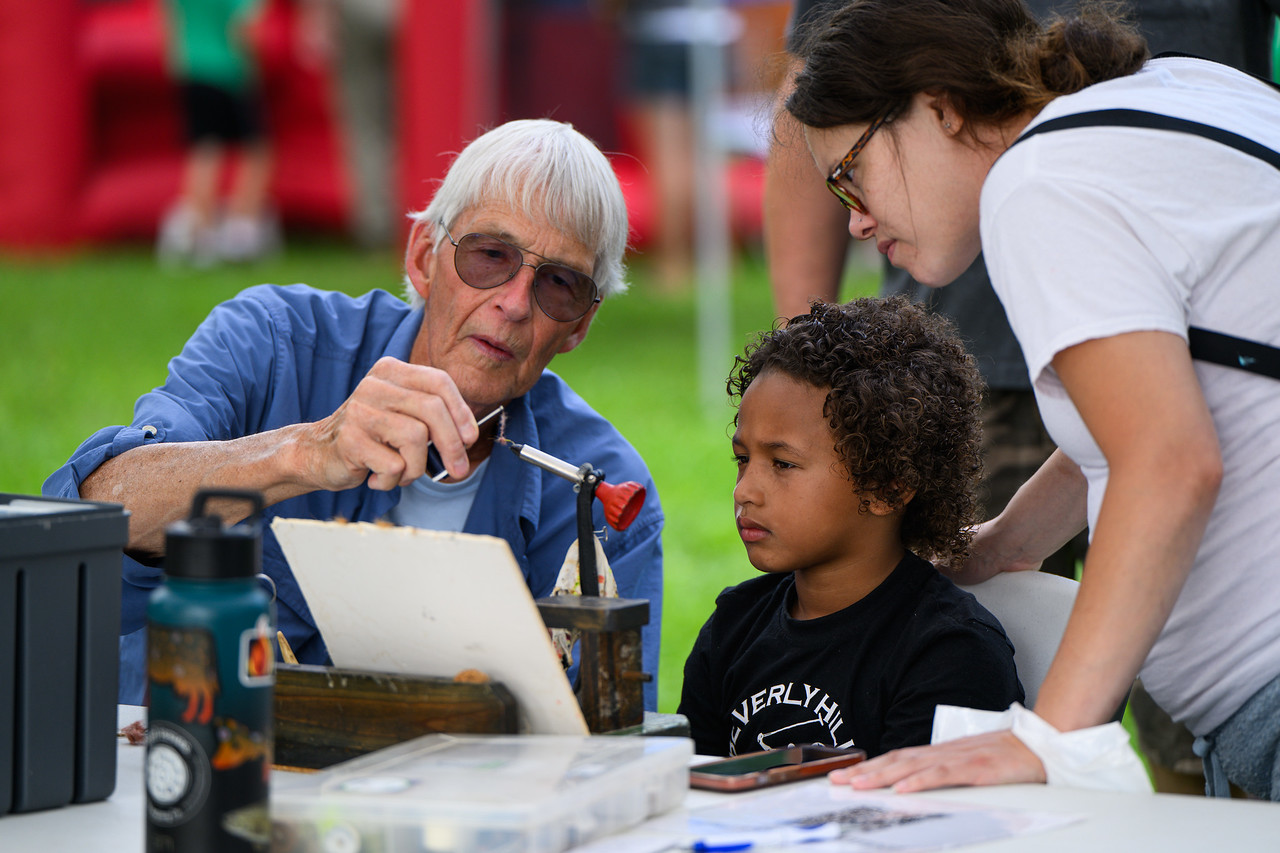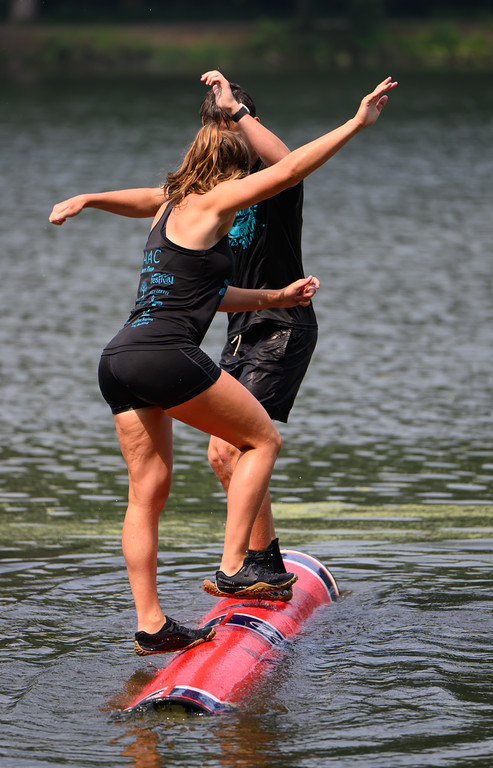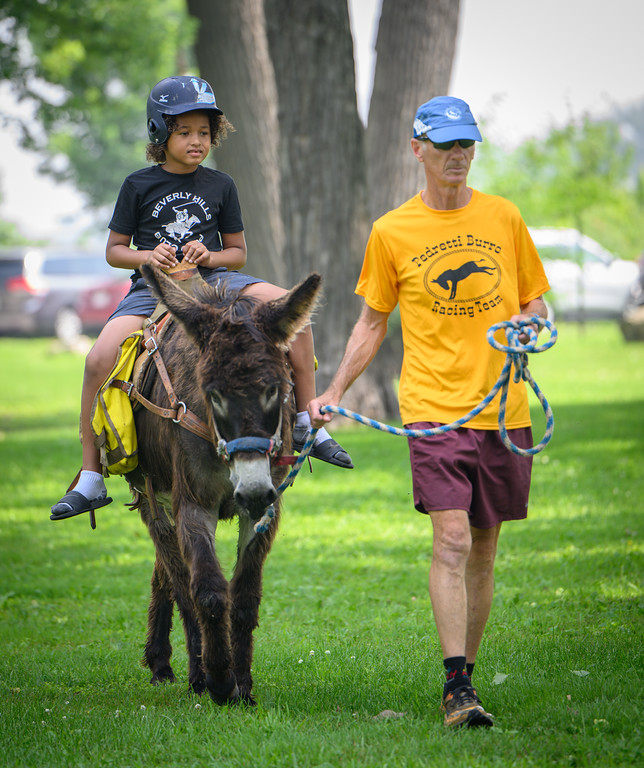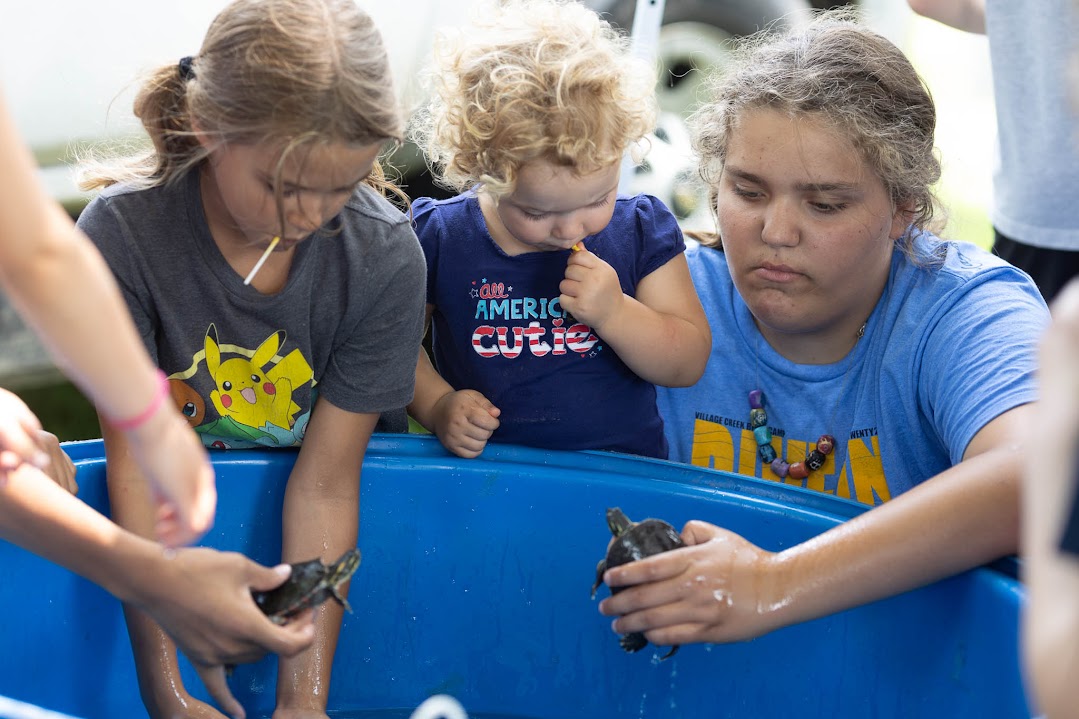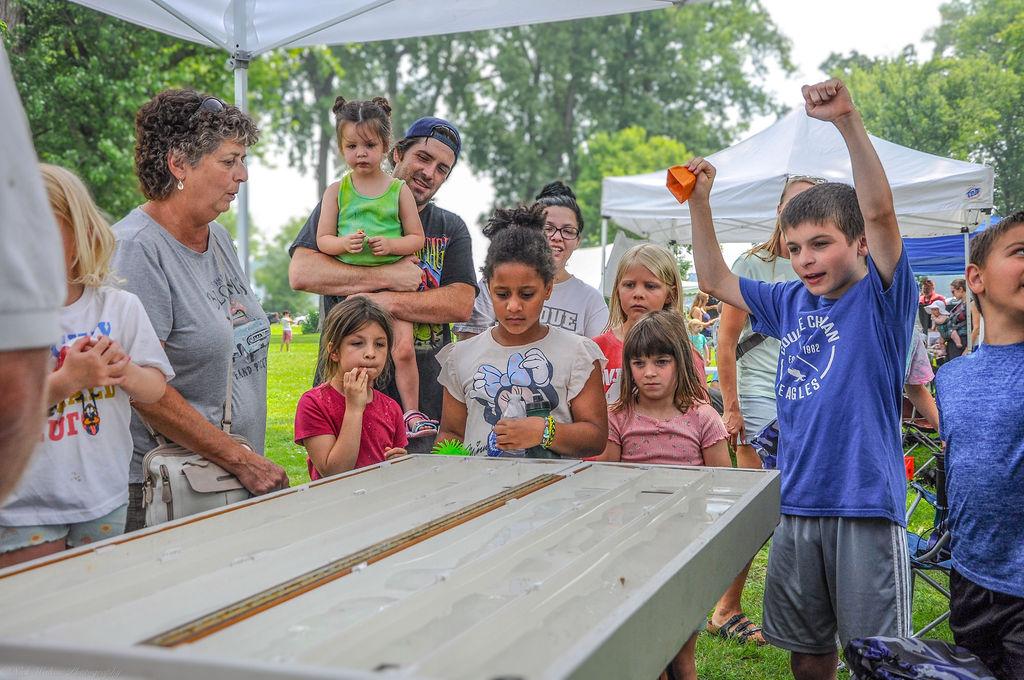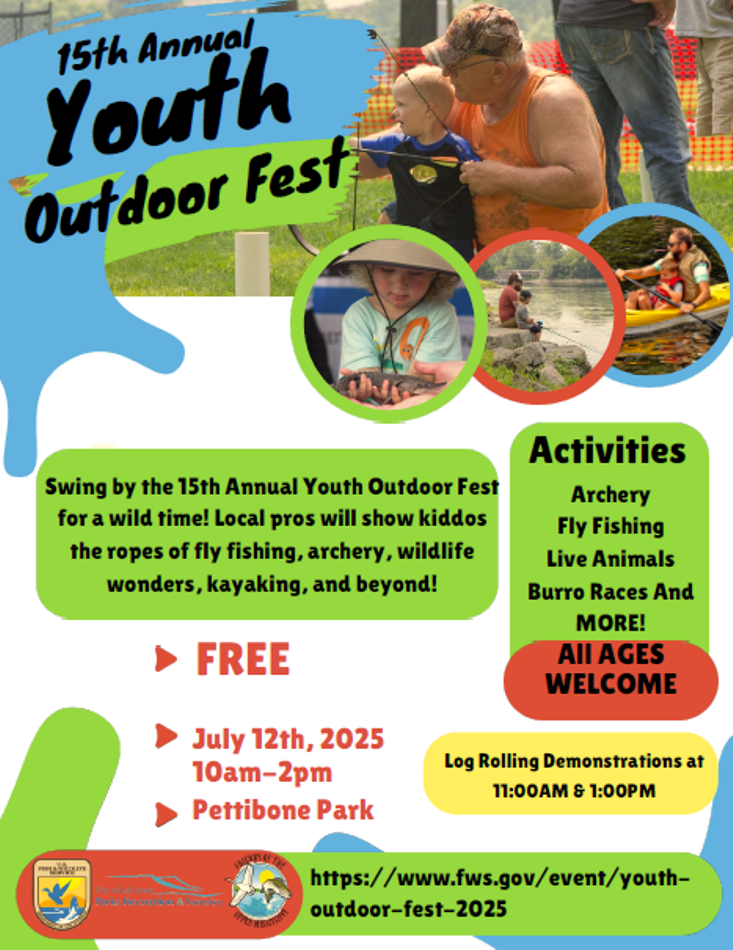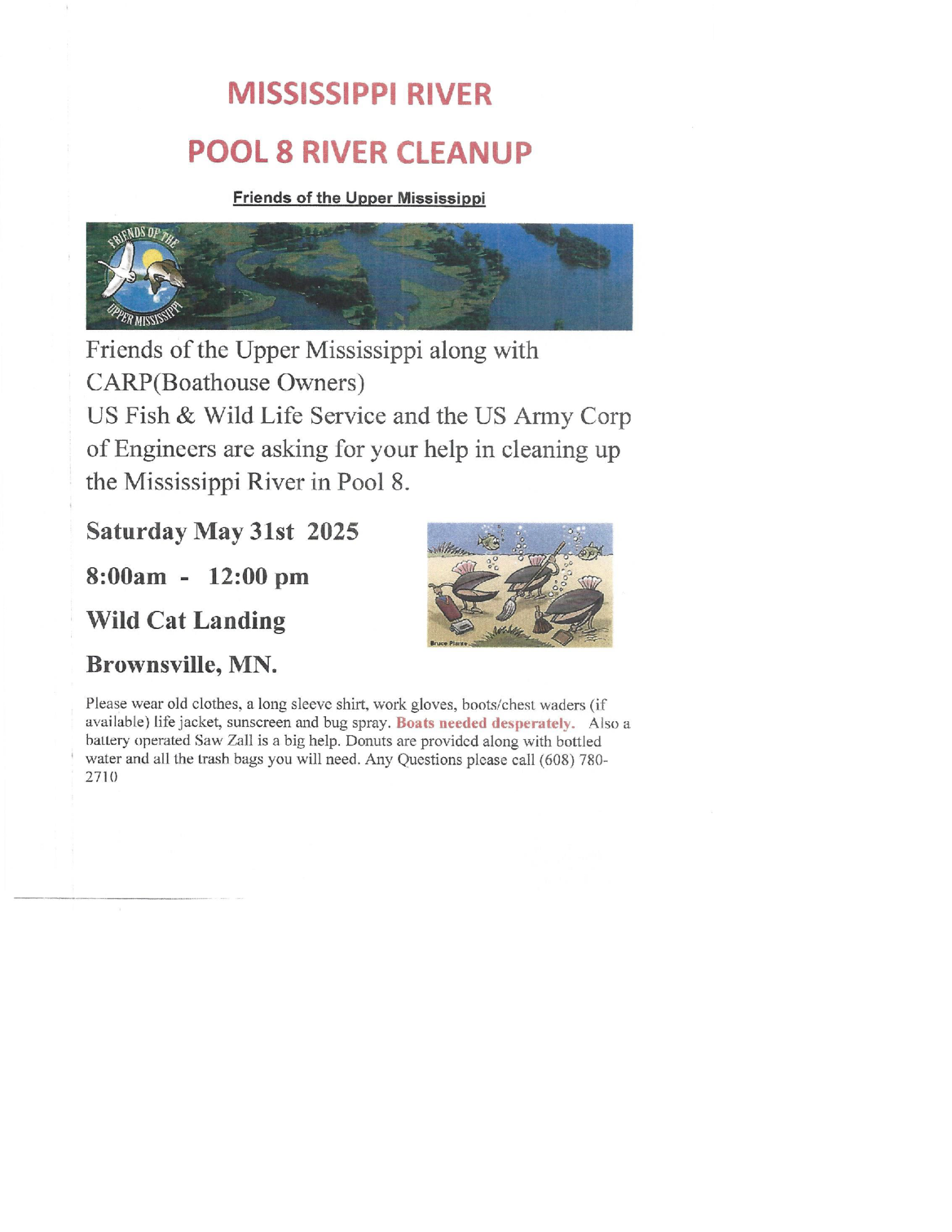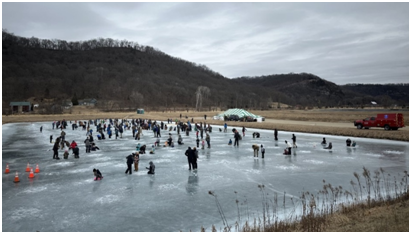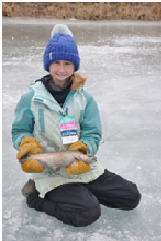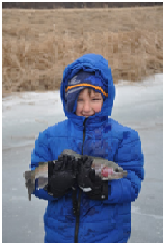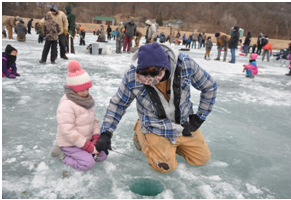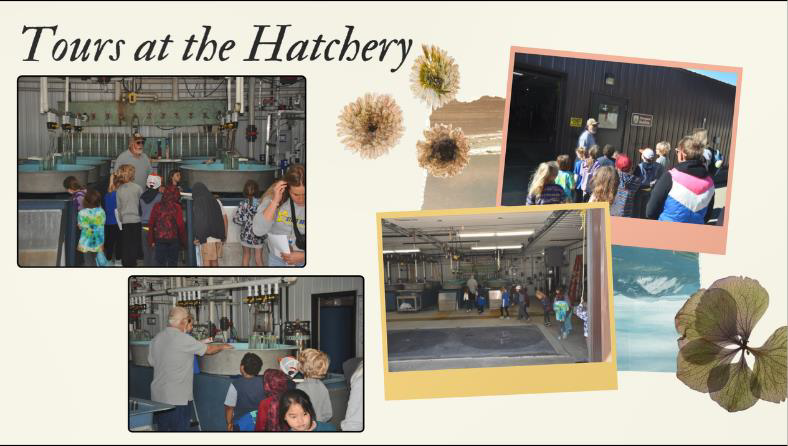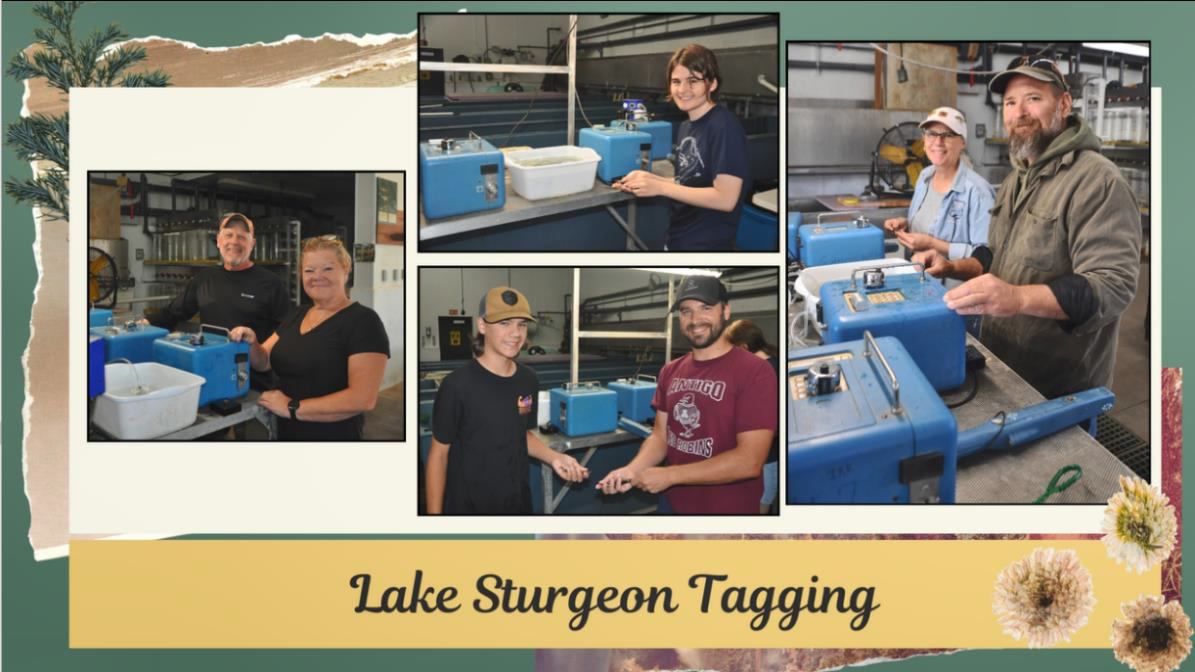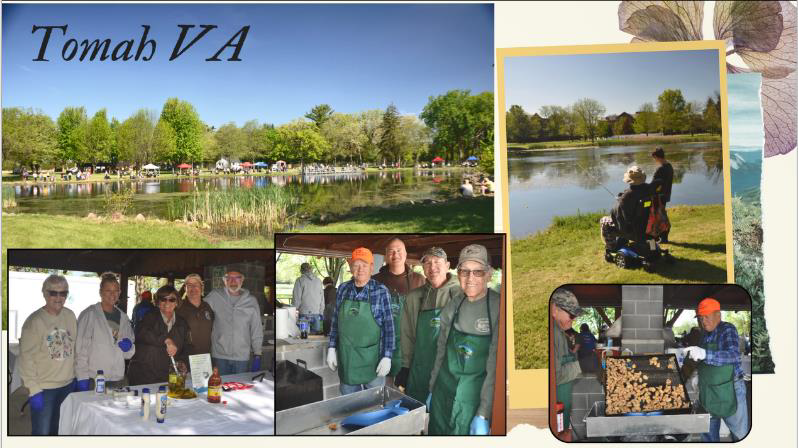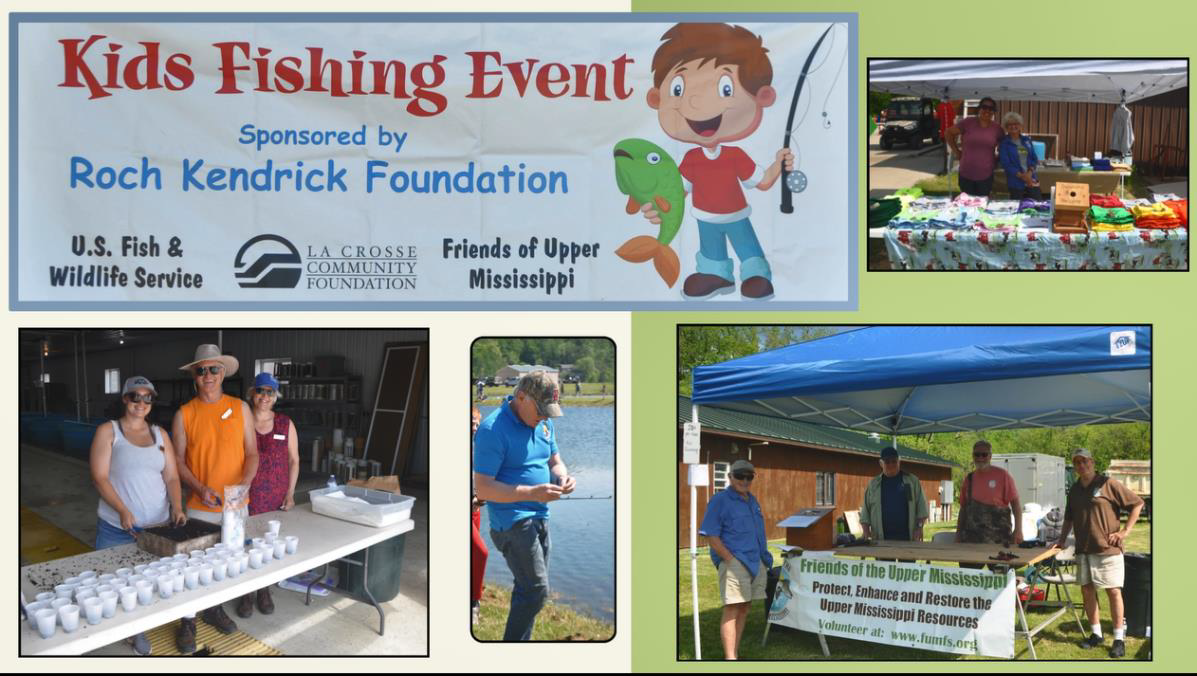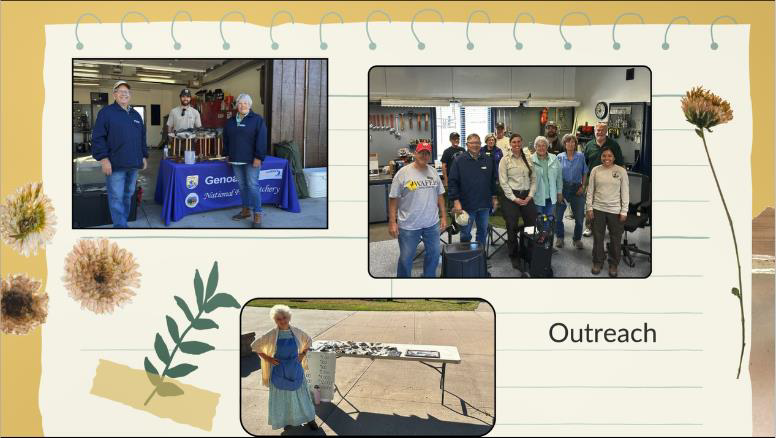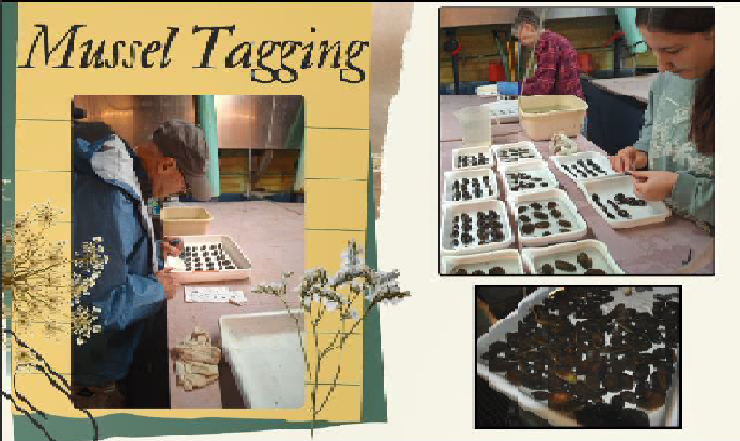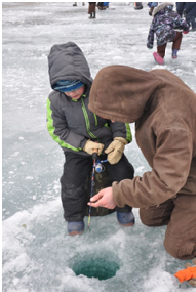Those of us who care about the Upper Miss are invited to show our support for our agencies and organizations that protect the river.
Please try to attend. Thanks
Sustain our River will host a Press Conference on August 4, 2025 at the Black River Beach House at 1145 AM. Our goal is to draw awareness and facilitate discussion on the value of the Mississippi River and the federal and state agencies whose work supports the sustainability of this natural resource.
We are part of the vast web of businesses, residents, and field experts who value: the health of the Mississippi River and Great Lakes; the economic impact of recreational and commercial fisheries; and the Mississippi River navigation channel administered by the US Army Corps of Engineers.
We recognize the critical importance of dedicating funding to control: invasive species, sediment and erosion, and improve water quality, nutrient reduction and habitat restoration.
The Sea Lamprey pharmaceutical (lampricide) was developed by researchers at USGS (UMESC) Upper Midwest Environmental Sciences Center on French Island in Wisconsin.
The program is administered through the Great Lakes Fishery Commission and control activities are executed by the US Fish and Wildlife Service and Fisheries and Oceans Canada.
Controlling sea lamprey populations led to extensive recovery of the Great Lakes commercial fishery. The program boasts an exceptional return on investment and protects an annual fishery valued at nearly $7 billion including 75,000 jobs.
USGS continues protecting waterways by developing and implementing controls for invasive carp, recently found near the mouth of the Root River flowing into the Mississippi River migrating upwards to French Island.
These carp (up to 20 pounds) respond to water agitation by jumping out of the water as high as ten feet. Without dedicated controls the physical impact to boaters, skiers, even kids tubing behind boats will be devastating. The invasive carp are voracious eaters and quickly out-compete (and outgrow) native fish compromising the millions of dollars generated by recreational fishing and fishing tournaments in the Mississippi River.
Funding is imperative to uphold the Upper Mississippi River Restoration Program including the Habitat Rehabilitation and Enhancement Program (HREP) and Long-Term Resource Monitoring Program (LTRMP) both imperative to maintaining river health which supports our economic stability.
Imminent threats to our waterways are real. Investing in the Mighty Mississippi, Great Lakes and other waterways throughout our region and nationwide, is crucial to Sustain our River for the next hundred years.
